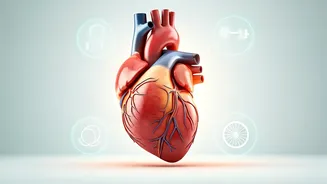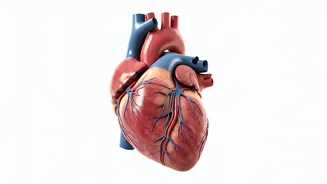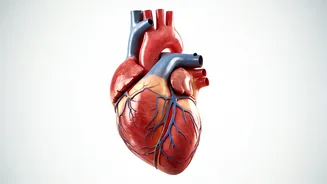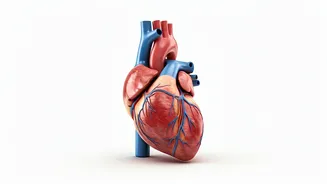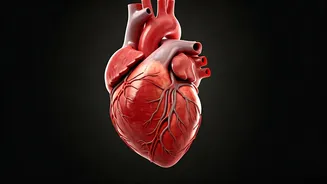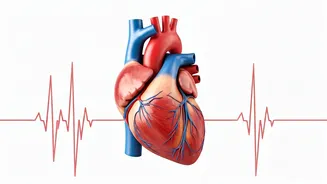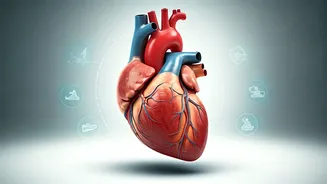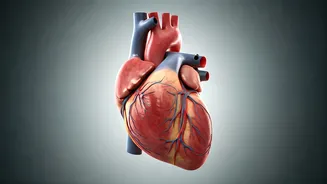Walking: Simple Start
Walking, a readily available activity, is a fantastic starting point for heart health. It requires no special skills or gear, making it accessible to everyone.
Even a short walk, such as 10 to 15 minutes, can significantly boost your cardiovascular health. Regular walking reduces the risk of heart disease, helps manage weight, and lowers blood pressure. Increase the intensity gradually by picking up the pace or incorporating hills to maximize benefits. Aim for at least 30 minutes of moderate-intensity walking most days of the week to experience the full advantages.
Swimming: Gentle Workout
Swimming provides a complete body workout with minimal stress on your joints, making it ideal for individuals of all fitness levels. The buoyancy of water supports your weight, decreasing the impact on your bones and muscles. Swimming enhances cardiovascular health by raising your heart rate and improving circulation. It also builds endurance and strengthens muscles. The number of calories burned in a swimming session varies depending on your stroke, speed, and duration. Dedicate around 30 minutes of swimming a few times a week to obtain noticeable health benefits.
Cycling: Pedal Power
Cycling, another excellent low-impact exercise, is kind to the joints while offering a good cardiovascular workout. Whether you cycle indoors on a stationary bike or outdoors, this activity helps strengthen your heart and improve blood flow. Cycling is also a great way to improve leg strength and overall fitness. Adjust the resistance to increase the intensity and challenge yourself further. Consistent cycling, even at a moderate pace, can lower cholesterol levels and reduce the risk of heart disease. Aim for at least 30 minutes of cycling at a moderate intensity, most days of the week.
Yoga: Mindful Movement
Yoga combines physical postures, breathing techniques, and meditation, creating a holistic approach to wellness. It strengthens muscles, improves flexibility, and reduces stress levels. Many yoga styles, like Hatha or restorative yoga, are gentle on the heart while promoting relaxation. Regular practice can lower blood pressure and improve cardiovascular health. Try incorporating different yoga poses to build strength and flexibility. Practicing yoga a few times a week for about 30-60 minutes will improve your mental and physical health.
Tai Chi: Gentle Flow
Tai Chi is a traditional Chinese practice involving slow, gentle movements and deep breathing. It improves balance, coordination, and flexibility while promoting relaxation. Tai Chi is considered a low-impact exercise that is suitable for all ages and fitness levels. It helps improve cardiovascular health by reducing stress and improving circulation. Regular practice can lower blood pressure and enhance overall well-being. Aim to practice Tai Chi for 20-30 minutes most days of the week to maximize its benefits for your heart and overall wellness.
Stair Climbing: Step Up
Stair climbing is a simple, effective exercise that significantly boosts your heart rate. It strengthens the leg muscles and improves cardiovascular fitness. If you have access to stairs, incorporate this exercise into your routine. Start with a few flights and gradually increase the number and speed as your fitness improves. Stair climbing is a convenient way to elevate your heart rate, burn calories, and improve your cardiovascular health. Start with a 10-15 minute session and progress as you become fitter. Always prioritize safety.
Dancing: Fun Fitness
Dancing is a fun and engaging way to improve heart health. It can be done at home, in a class, or anywhere. Dancing elevates your heart rate, increases your endurance, and strengthens muscles. Different dance styles offer varying levels of intensity; find one that suits your fitness level. Regular dancing can improve cardiovascular health, reduce stress, and boost your mood. Dancing for at least 30 minutes most days of the week is an excellent way to keep your heart healthy and have fun while doing it.



